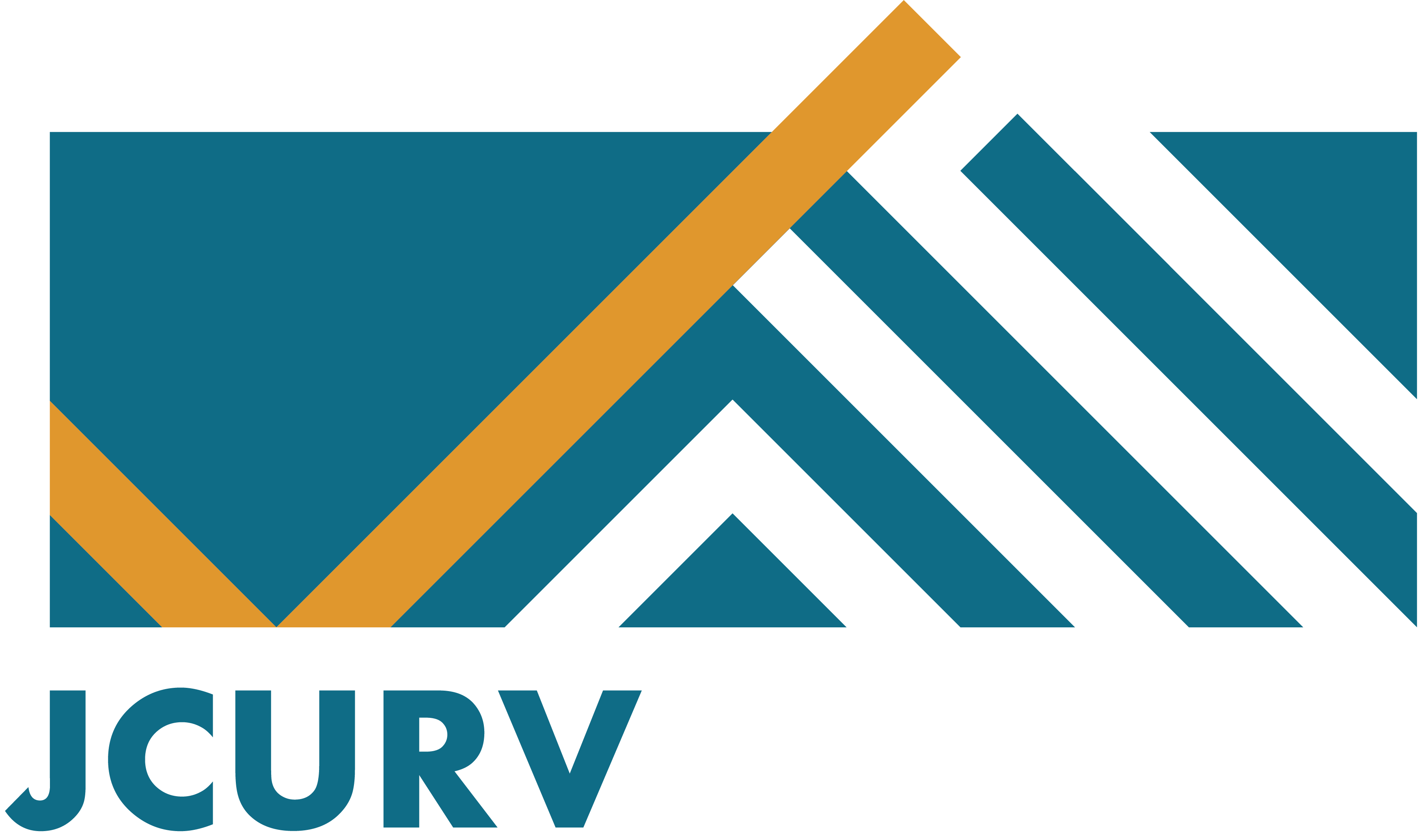Navigating Uncertainty: Why ESG Requires a Product Mindset
Companies worldwide are under increasing pressure to disclose their ESG performance, driven not only by regulatory requirements, but also by investor expectations and consumer demand. A recent report by Thompson Reuters highlights that in 2025, companies are expected to undergo significant adaptations in their approach to ESG. Not only do specific ESG regulations vary by geography – such as the EU’s Corporate Sustainability Reporting Directive (CSRD) and the US’ climate disclosure rules – the demands within each geography are not fixed. We have recently seen the EU share its Omnibus Proposal and we are monitoring any impact of political changes in the US. The overarching trend is clear: companies know they must adapt quickly.
Stop Treating ESG as a Project: Manage It as a Product
The benefits of applying simple, common sense, “Product” principles to any initiative are well known. Across industries, leaders and teams value the ability to deliver value early and often, test and learn, and adapt to fast-changing markets. However, we often see a hesitance to embrace these ways of working in regulated environments due to a concern that fixed deadlines will not be met. Given that the regulatory roadmap for ESG, and how companies can meet their requirements, is still emerging, once again we see a temptation to treat ESG initiatives as time-bound projects – establishing rigid requirements, working toward a fixed deadline, and considering the work complete once compliance is achieved. However, this tick-the-box approach is flawed and will create a need to rebuild. Here is why:
- Unclear and Shifting Requirements: Yes, ESG reporting has deadlines, but the best practices to meet them are still emerging and will continue to evolve – at least until ESG data is readily available and the processes to ingest, manage and transform it are trustworthy enough that ESG becomes just another part of standard financial reporting. Treating ESG as a one-off compliance project creates the need to re-launch the next project soon after completion. It should instead be about embedding sustainability and social responsibility into business strategy and operations. You can only do this through continuous testing and learning.
- Lack of Market and Stakeholder Feedback: ESG is driven by investor priorities, consumer sentiment, and regulatory shifts. Organisations must continuously gather insights, evaluate with stakeholders, and adjust accordingly, all while delivering against their fixed commitments. It is important that the voice of the investor is not overlooked – according to the ISS ESG 2025 Global Outlook Report, key ESG risks and opportunities are likely to impact investor portfolios significantly. Therefore it is key that you keep key internal and external stakeholders close, involving them early and often.
- Cross-Functional Complexity: ESG spans multiple disciplines, including data management, regulatory expertise, financial reporting, and sustainability strategy. This complexity requires investment in a broad range of expertise and seamless collaboration across traditionally siloed teams.
These are just some of the reasons why your ESG initiatives can never be a “one-and-done” project. An unclear regulatory landscape, the need to hear the voice of the customer, and the cross-functional skills require all point to ESG being a perfect use case for Product Management / Product Ways of Working.
Three Behaviours to Move to a Product Mindset
- Embracing Uncertainty
Good Product Management helps companies to thrive in environments where requirements – or the path to achieve them – are unclear. It is crucial to iterate, assess, and adjust ESG strategy as clarity increases and lessons are learned through quick feedback cycles.
- Overcoming Organisational Silos and Knowledge Gaps
ESG initiatives often fail because of siloed teams, fragmented data, and unclear regulatory guidance, but ESG should never be solely owned by one function. Successful ESG execution requires teams with expertise in compliance, finance, operations, technology, and sustainability. Product thinking encourages a multidisciplinary approach, improving alignment and efficiency through better decision-making.
- Using OKRs and Continuous Discovery to Drive ESG Impact
Rather than static ESG targets, companies should use Objectives and Key Results (OKRs) to set ambitious, outcome-driven goals. ESG should not just be a reporting exercise and OKRs will help you shift the needle on how you want your business to look in the future. Pairing OKRs with continuous discovery, i.e., regular testing of assumptions and gathering stakeholder feedback, will help you and your teams to accurately prioritise your ESG efforts, ensuring regulatory alignment and maximising investor impact.
ESG is complex, evolving, and business-critical. Companies that take a rigid approach or treat ESG as a traditional compliance programme will struggle to keep pace with shifting regulations and stakeholder demands. Instead, embracing a Product mindset over traditional project management can help organisations of all shapes and sizes navigate uncertainty, foster collaboration, and drive sustained impact.
At JCURV, we see the benefits of the mindset shift where ESG programmes move from reactive compliance exercises into proactive, value-driven strategies. The question is not whether ESG fits a product approach, but rather:
Can you afford to delay changing your approach?
